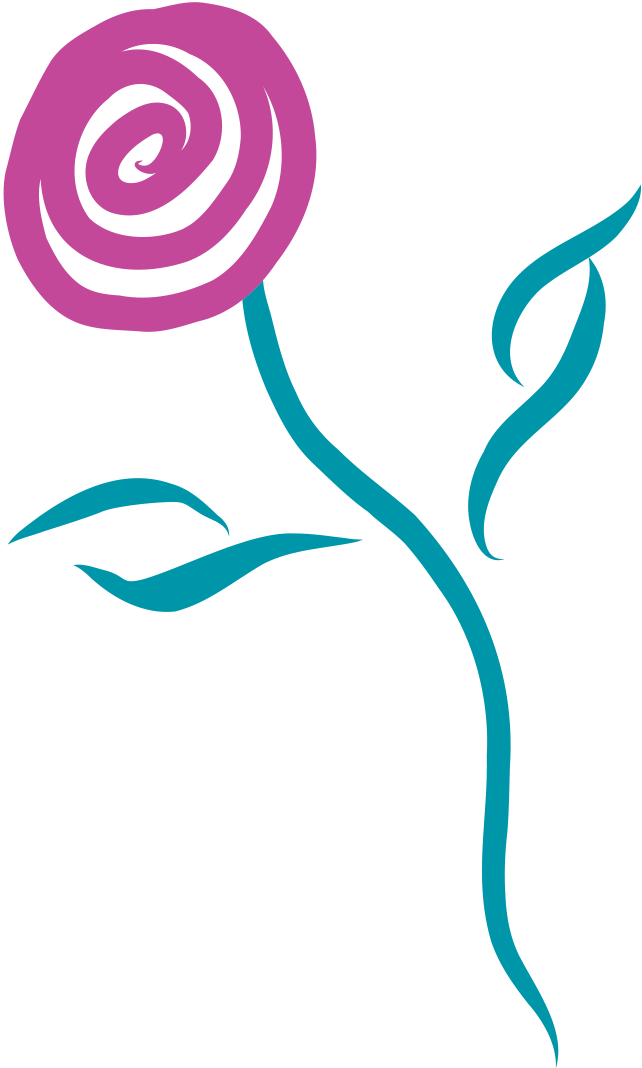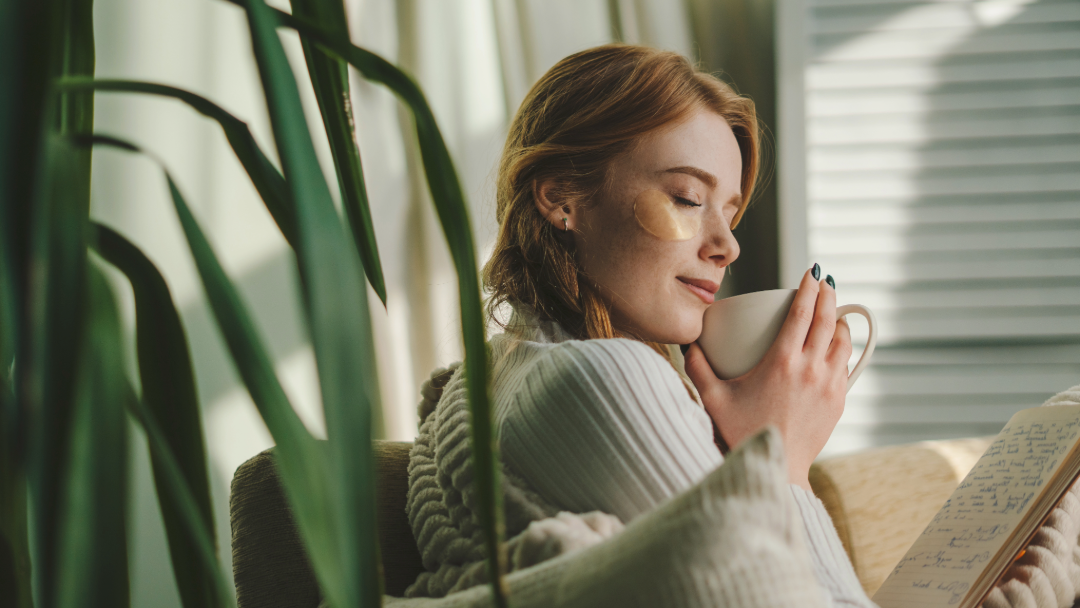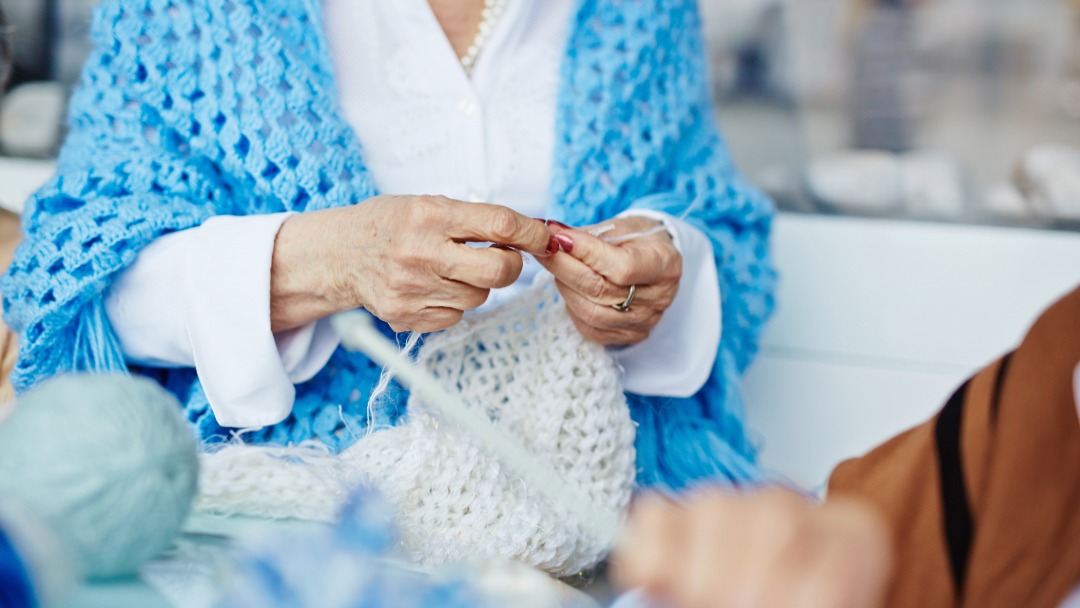I have been involved with our peer group for most of this year (2022) and have found so much value in having like minded people, I can relate to. Here are my top three benefits of a diverse peer group;
1 Brainstorm Trust – They are the best people to understand what you face in marketing and the art world, so running ideas off and with them is simply immeasurable. They may have already tried what you are thinking about solving and issue, and can advise how they went.
2 Connection – is key. Everyone needs connection, and connecting with others of the same interests and skills is imperative. Also being an artist can be a bit lonely at times, so having lovely friendships that you connect with are life saving.
3 Combined Skills – the best thing about having a group of people with similar interests is that we all have different skills, abilities and different life experiences. Plus we all look out for each other however we can. That may be recommendations on different approaches, it may be recommending who could complete something we need or it may just be an understanding nod. Knowing we are not the only ones facing the same issues is very reassuring.
We have all asked each other some questions and I will connect you to their pages so you can read their questions and answers as well.
Tammy de Zilva – Loopla Designs
Website https://www.loopla.com.au/blog
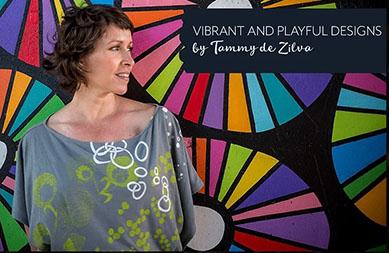
What made you decide to be an artist?
Since I was young I have always had creative hobbies. I took a course in design fundamentals many years ago and learnt about surface design which was something I hadn’t heard of before and excited me a lot! I further explored this in my spare time and after quitting my unfulfilling IT career I decided to follow my dreams and establish my own business specialising in surface design.
What is your best-selling item and has your peer group influenced you in producing this?
My best selling product is my tea towels. Whilst this product was established before I joined this peer group, the group has been so supportive of my journey and encouraged me when I have new market stalls or launch a new product.
Where do you see your business in the next 5 years?
One of my goals is to release a fabric collection with Cloud 9 Fabrics
Lisa Jane Murray
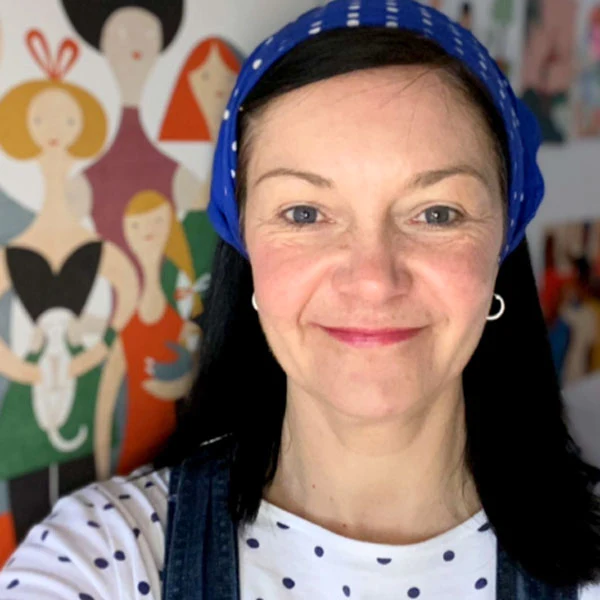
What made you decide to be an artist?
I’ve always been creative and have just kept on an arty path through school, university & working life
What is your best-selling item and has your peer group influenced you in producing this?
My best-selling item varies depending where it’s sold. At markets it’s tea towels but online it’s a shower curtain in a rainbow design that gets heavily promoted by both Redbubble & society6. Both of these were created before joining my peer group.
Where do you see your business in the next 5 years?
Hopefully selling more designs under my KOOSHTI brand rather than POD (Print On Demand)
Jacqueline Curry

What made you decide to be an artist?
I never actually decided to be an artist it just happened – I was always drawing in school regardless of the lesson -one primary school teacher said to me now is not the time to be drawing you’ll be doing that as a career now focus on today’s lesson!!
What is your best-selling item and has your peer group influenced you in producing this?
I am not at the stage where I am creating products yet. After spending many years working for other companies I’m now focussing on creating designs purely for me and my ideal customer. The peer group has been very inspirational to me in seeing others actually doing what I want to do – in our group, I see the day-to-day issues that come up when running your own business and I love the fact everyone shares what they know to support each other.
Where do you see your business in the next 5 years?
In five years’ time, I would like to have an established catalogue of designs that I license and also work in collaborations
Irene Tan – Missy Minzy
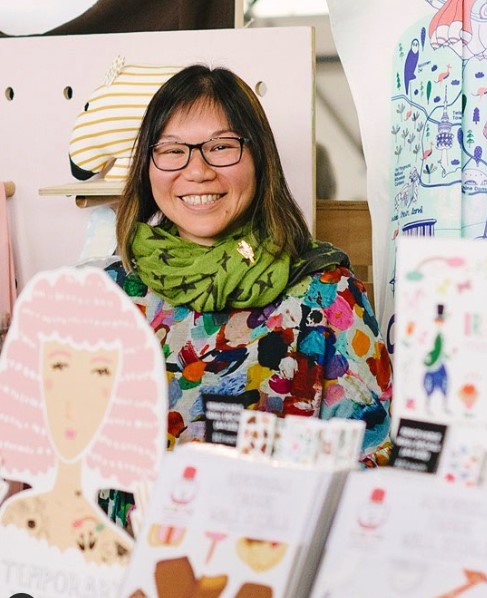
What made you decide to be an artist?
I have always loved drawing and creating from a very young age. The love for art has always been encouraged in my family.
What is your best-selling item and has your peer group influenced you in producing this?
I have a few best-selling items. There are my temporary tattoos, enamel pins, suncatchers and removable fabric wall decals. All were created before joining the peer group.
Where do you see your business in the next 5 years?
I love to see Missy Minzy (my business name) attracting many more potential stockists stocking my products in their shops within Australia and around the world. Having more paid collaboration with dream clients for better brand awareness and portfolio.
Thank you for reading, please connect with me on social media or send me an email at benitatatters@gmail.com. I would love to hear about the benefits of your experiences with peer groups.
